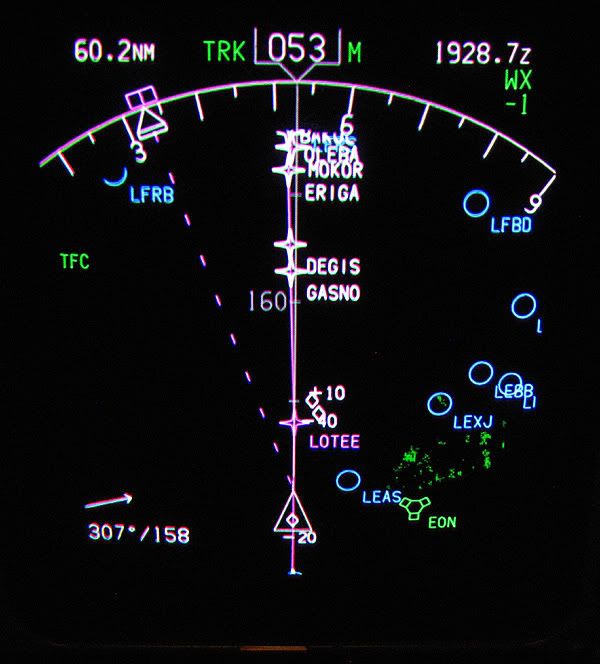Read the forum code of contact
By: - 4th March 2010 at 22:12 Permalink - Edited 1st January 1970 at 01:00
What about when you are cruising? What kind of wind speed does an aircraft normally fly in, or what is deemed as "vary fast" winds.
What kind of winds would be considered to windy to fly in?
By: - 5th March 2010 at 07:01 Permalink - Edited 1st January 1970 at 01:00
I don't know, but I once asked a similar question to you when I crossed the QE II bridge over the Thames in high winds.
My Renault Clio was all over the place, I don't mind telling you.
By: - 6th March 2010 at 10:50 Permalink - Edited 1st January 1970 at 01:00
There is no limit to the winds aloft an aircraft can fly in. As 27vet says there will be a maximum demonstrated crosswind limit for each type. This is only the "demonstrated" crosswind limit though, meaning it's the maximum xwind the test pilots have conducted. For insurance purposes the airline will be limited to this demonstrated xwind limit but can put more injunctions on what their crew can operate in. The a/c type I fly has a crosswind limit of 32kts, new first officers online are only allowed to land in ½ this limit until you have had the restriction lifted on your first OPC (Operator's Proficiency Check).
There are also restrictions in place for the maximum surface wind allowed when landing, ours is gusting 55kts. There's also restrictions on crosswind and tailwind components from contaminated runways etc.
Hope this helps
Dean
By: - 7th March 2010 at 18:23 Permalink - Edited 1st January 1970 at 01:00
The high wind speeds found in jet streams aren't turbulent in themselves - the flow can be quite laminar in the vertical and horizontal. The turbulence is caused by the shearing effect in the steep wind speed gradients found where the jet interfaces with the surrounding slow-moving air.
It's a bit like a fast-flowing river - apart from disturbances caused by any underlying rocks in the flow, the eddies, whirlpools and turbulence are mainly at the sides, where the fast flow meets the river banks...
By: - 11th March 2010 at 21:43 Permalink - Edited 1st January 1970 at 01:00

158 knots of wind, smooth as silk (and not often you see 20 degrees of drift on a jet)
Posts: 36
By: sarah1980 - 4th March 2010 at 21:27
I was wanting to know what the maximum wind speed a commercial flight ie 737 can fly in safely.
I was on a very turbulent flight lately and it was very windy and it just made me wonder.
Thanks